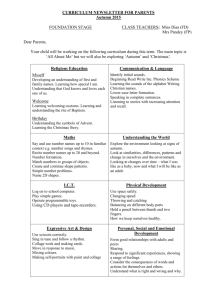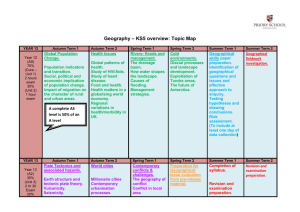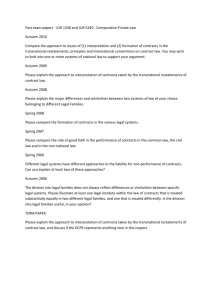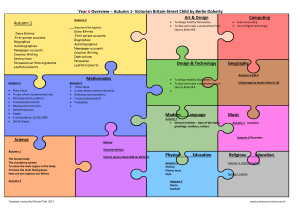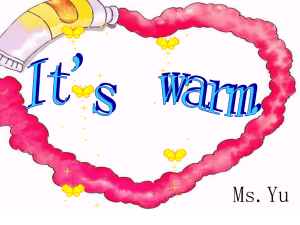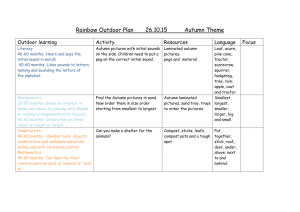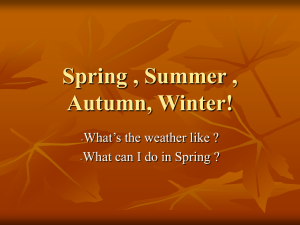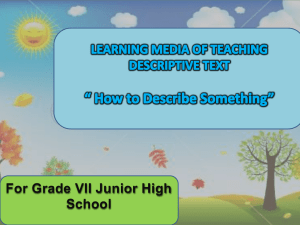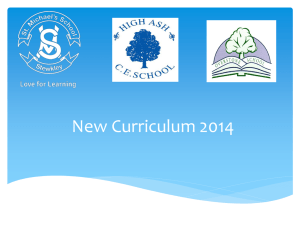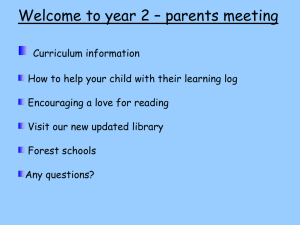The_Reggio_Approach_net
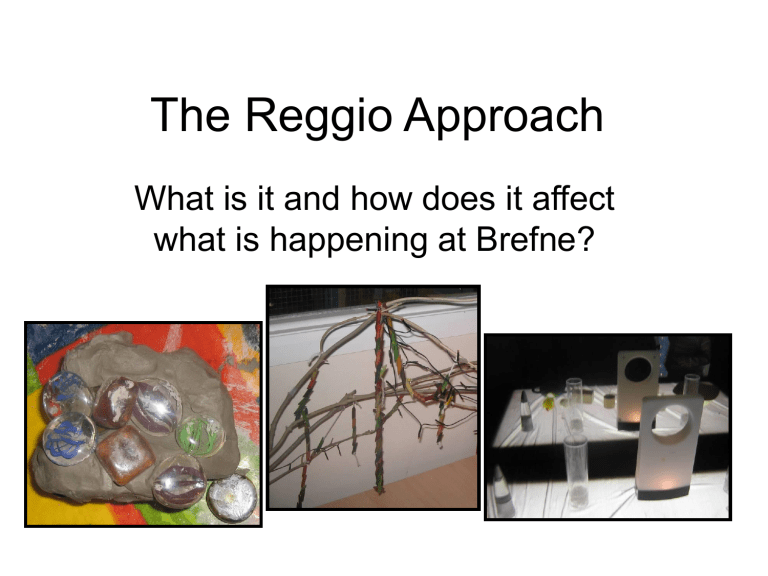
The Reggio Approach
What is it and how does it affect what is happening at Brefne?
Reggio Emilia
• A city in North Italy that is renowned worldwide for its high quality pre-school education.
• Pre-schools which were built by the people for the people after the area was devastated in the second world war.
• Strong sense of community ownership of the schools
• In Reggio Emilia the traditional image of a teacher giving knowledge to children was challenged
• Children were not seen as empty vessels for the teacher to fill but as competent individuals who already possess a depth of knowledge
• .Children are encouraged to explore their own creativity. They are not given adult images to colour in or to add detail to. They are given a rich variety of tools, materials and experiences and are encouraged to use these to create their own individual pieces of work.
• The teacher is not the one who makes all the decisions. The curriculum is based on the interests of the children.
• Staff use photographs and document what the children say. This helps identify the children’s interests and the learning taking place.
What about Brefne
• Here at Brefne we are involved in a two year project with schools in Spain and Sweden to explore this approach in our own school.
• We receive funding to allow the staff to meet up in each others countries and learn from each other.
• We are trying to use some of the ideas from
Reggio to create a rich learning experience for our children.
An autumn walk
J and his daddy went for an autumn walk in the grounds of Belfast Castle.
He brought back conkers to show everyone. We decided we would all go for an autumn walk around the nursery and see what we could find.
The children went into the quiet room in groups and Mrs
Anderson showed them some things that she had found when she went on an autumn walk.
E. We need to bring a bag to put things in.
Acorns fall and twigs fall down in autumn..
The children were asked about autumn to see how much they already knew. What is autumn? When is it? What happens in autumn? What makes it happen? Where are good places to go for an autumn walk? What might we see? What rules do we need to keep us safe on an autumn walk? We write down what the children say as this helps us to see what they already know and what they want to learn.
What next?
Most of the children had an idea that in autumn leaves fall off the trees. So we set off outside to see if we could see if this was happening.
We used our autumn treasures in different parts of the nursery.
C watched H and then she made a tree as well.
Children learn from each other and build on each other’s ideas.
H made an autumn tree in the playdough.
J and his daddy brought in lots of conkers from their autumn walk.
We tried rolling them in paint to see what happens.
What about the leaves?
We had lots of leaves of different shapes and sizes so we talked about what we could do with them. As adults we could decide what the children should do with their findings. We could have made 26 identical trees- but our children are not identical. They have their own views and ideas.
We don’t want our children to feel that they must make an endproduct that is pleasing to the adults. We value their individual abilities. We want them to experiment, to make mistakes, to have experiences, to learn.
R. I think we could paint the leaves. This one has lots of leaves.
B. I found a big leaf.
It’s nearly all red with a bit of green. I could put paint on it.
C was still collecting leaves many days later when we were out playing in the playground.
J had brought in a really big leaf that he found in
Botanic Gardens.
E. We could put paint on the leaves and then we could get paper and we could press the leaves down and make a pattern. Then we could break the twigs off and make something with them.
Some of the children wanted to add circles to our autumn picture. It was not what I thought they would do but it showed independence and ability to make choices.
An adult looking at the final result may not see anything very special- but that is because they are unaware of the hours of “work” and the learning experiences that went into making it.
What can you do?
• We feel that you, as parents are vitally important in your child’s education.
• read the magazines and notes and know what is going on
• come into school and look at the displays
• spend time in the classroom
• encourage your child to share his or her interests with us
• share your skills and talents
• tell us what you would like.
• Be part of our school community

